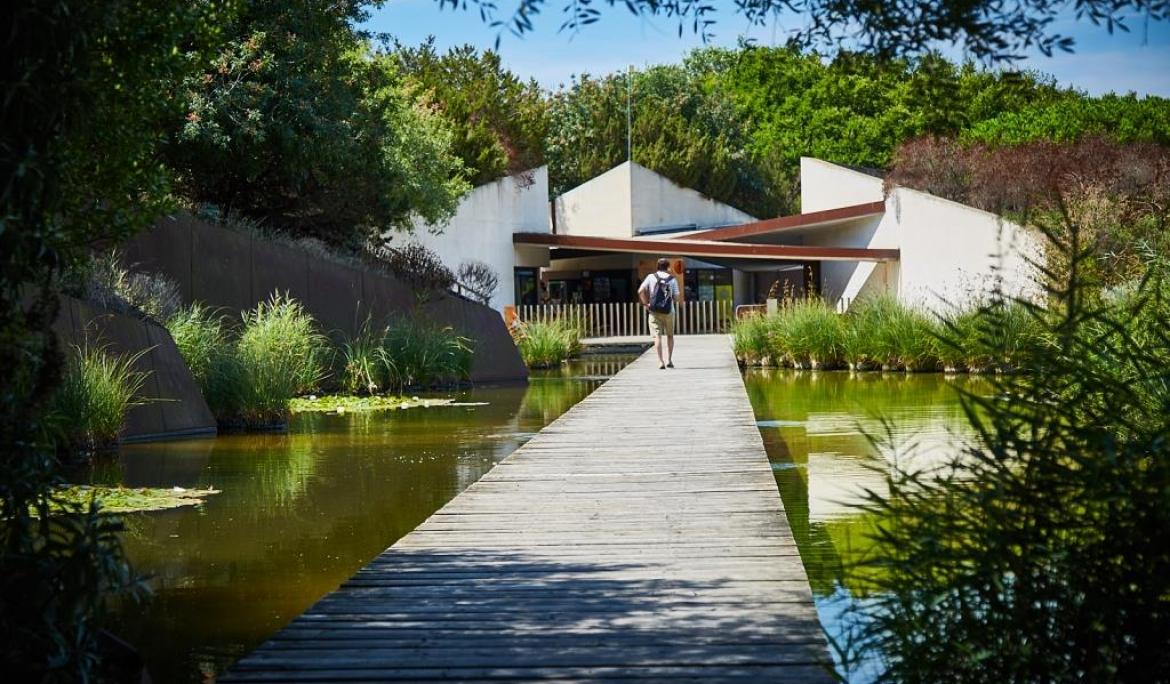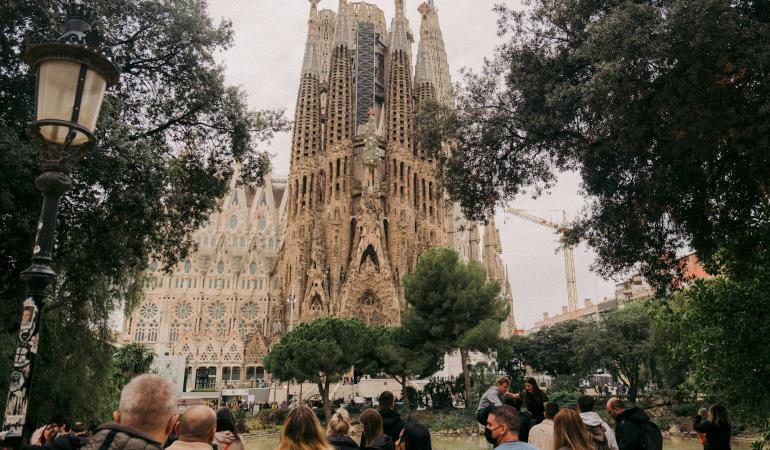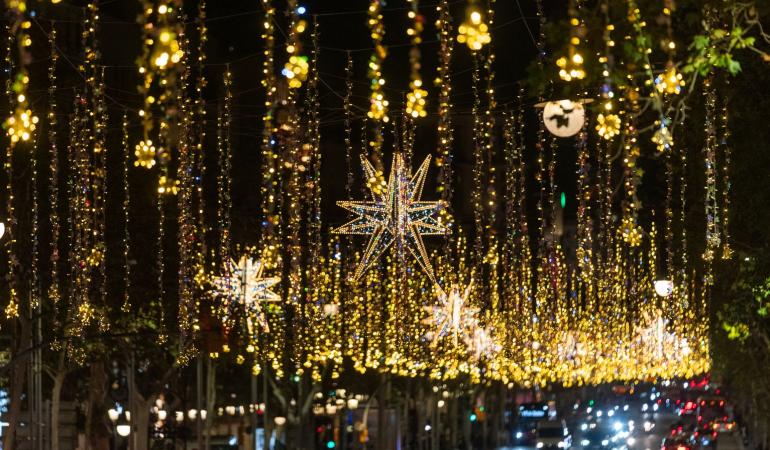Barcelona has green areas, such as parks and gardens, to enjoy nature in the heart of the city, and large natural spaces to walk around and breathe. In the municipality of Barcelona, which includes the Serra de Collserola, there are over 1.4 million trees. The most common are holm oaks, white pines, London planes and stone pines. This information comes from the Centre for Ecological Research and Forestry Applications and the Urban Forest Effects Model.
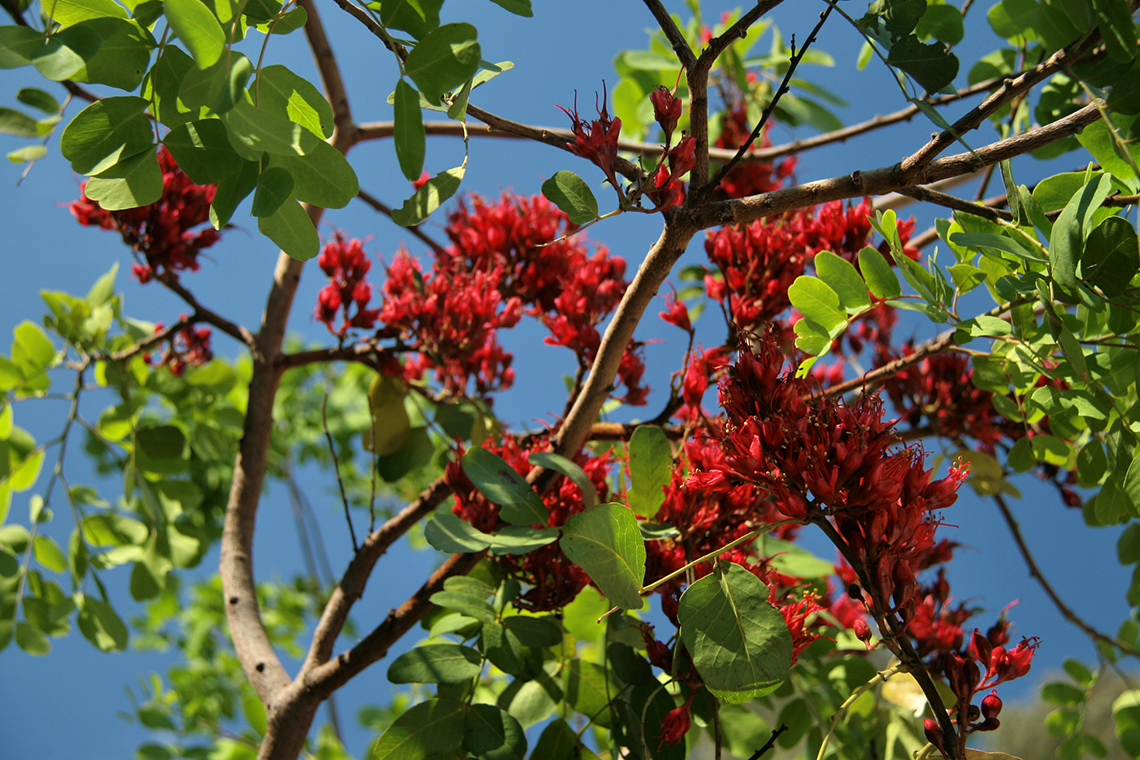
A route to discover the most special trees in Barcelona
Among the species you will find in the city, those that deserve special attention are included in the Catalogue of Trees of Local Interest. This means that they enjoy special protection and it’s forbidden to remove them. To make it easier to recognise them, there’s a plaque next to each one that identifies them.
The route we suggest to visit them can be easily followed by public transport thanks to the Hola Barcelona Travel Card.
We start in Plaça de Catalunya. Walking up Passeig de Gràcia, you can see rows of London planes, the characteristic tree of the Eixample district (this species represents 8.8% of the urban green population, according to the City Council). Among them, right in front of Palau Robert, there’s a special tree: an holm oak that is also a tribute to Jacint Verdaguer. At the foot of this tree you can read a fragment from a text this Catalan poet dedicated to the holm oak:
"Indomitable Almogavar, will you know how to line up
with this troop of London planes, novel, polished,
in Sunday clothes and snobbish?"
To the holm oak in Passeig de Gràcia.
Jacint Verdaguer, 1903.
Not far away, on the Rambla de Catalunya, you can find a series of lime trees that run all the way from end to end. There are 322 of them from two different species, and we advise you not to miss them if you’re in Barcelona in the spring, during the flowering period.
In the heart of the Vila de Gràcia district is one of the latest species to join the catalogue. It’s the holm oak on Carrer de l’Encarnació, 13, which some time ago was in danger of disappearing, since it was affected by the construction of a housing development. This unique specimen appears in documents from as far back as approximately 200 years ago, and might be the largest holm oak in the city.
Now, it's time to move from Gràcia to Ciutat Vella. The first stop is at the Casa de l’Ardiaca, where we find one of the oldest specimens of date palm in Barcelona. It’s 27 metres tall and dates from approximately 1873.
On the Rambla, one of the most legendary streets in the city, you’ll see a whole row of London planes, one of the largest groups of this species. Some of these trees were planted between 1870 and 1879.
The last stop in the Ciutat Vella district is in the Ciutadella park. In the pond you’ll find a set of seven bald cypresses or swamp cypresses, which were planted in the first third of the 20th century. They are native to the south east of the United States and are deciduous, a rare occurrence in this species. If you look closely, you can see their roots protruding from the water in search of oxygen.
The Hola Barcelona Travel Card, the metro and the bus take you in just a moment to Plaça de Francesc Macià, where you can see the ombú that rises in the middle of the roundabout. It’s a species native to South America and it stands out for its large size.
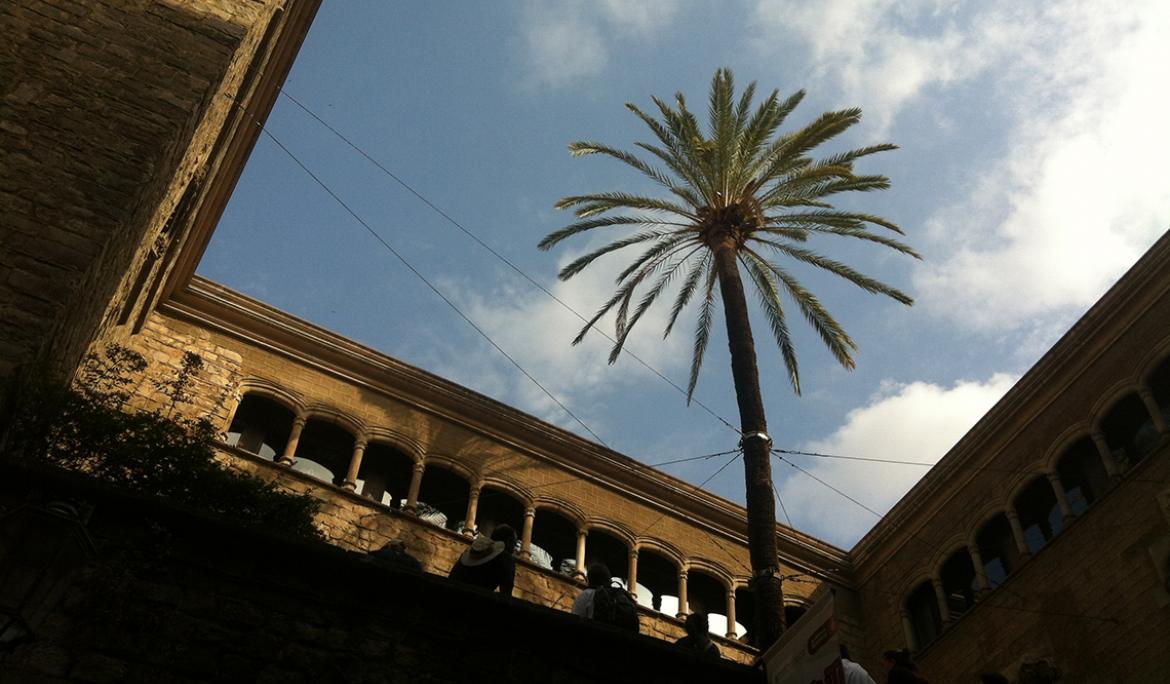
The flowers that give Barcelona its colour
There are almost 1,200 species of ornamental plants in the city’s parks and gardens. Visiting them during the flowering season is a spectacle of colours and smells.
If you come to Barcelona during the months of April and May, you must visit the Parc de Cervantes, on Avinguda Diagonal. This is the period when the 10,000 rosebushes in the park, from 2,000 different species, bloom. Once they’re in bloom, you can admire up to 150,000 open roses at a time.
To enjoy several species in a single space, it’s ideal to visit the Botanical Garden. There you’ll see trees and plants that can be found in other green areas of the city, but also specimens from Australia, the United States, South America, Africa and the Eastern Mediterranean, as well as the Peninsula and the Balearic and Canary Islands.
Also in Montjuïc, just behind the Museu Nacional d’Art de Catalunya (MNAC) is the Historic Botanical Garden, which was founded in 1930. It houses some of the tallest trees in the city, primitive plants and species that are typical of cold climates.
Fly over this green lung of the city with the Montjuïc Cable Car! On the way back, the trip includes a stop at the Mirador de l’Alcalde, which is highly recommended to relax in the gardens of Miramar, Costa i Llobera, Cinto Verdaguer and Joan Brossa.
If you post your photos of these special trees, flowers and spaces in Barcelona on social media, don’t forget to include the hashtag #SayHolaBarcelona.
